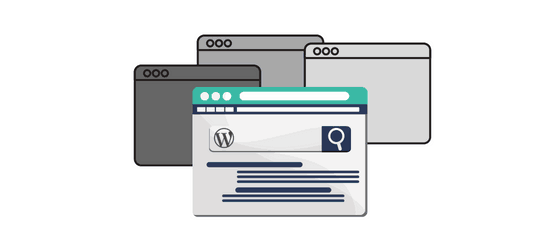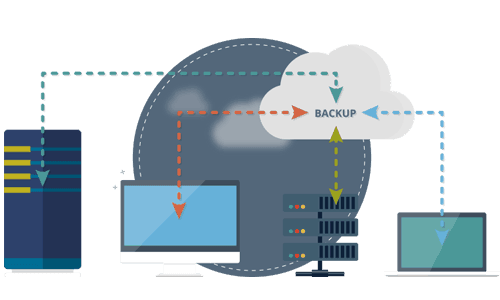If you’re managing a successful WordPress site, you have a lot to gain from hosting with Amazon Web Services (AWS). AWS is a highly-scalable platform; you’re able to adapt quickly to any necessary changes. This is especially valuable if you see unexpected spikes in traffic or if you need more storage unexpectedly.
Internet users of today are savvier than ever. They want your website to load quickly and effectively. Any problems along the way can be disastrous for your business.
There are a lot of benefits of choosing AWS rather than a shared host. First, those shared hosts come with a lot of potential problems. If one your of neighbors runs into a problem, you likely will too. Shared servers are slower, less flexible, and not good for growth.
AWS Benefits:
-
Private server
-
Prices start at $3.95
-
Manage all your website from a single console
-
Easy backups
-
Monitor performance
-
Grow quickly
As you can see, there’s a lot of worthwhile benefits that come along with AWS. This is why so many WordPress websites are turning to cloud hosting as a scalable solution to take their sites into the future.
However, like any hosting platform, Amazon Web Services isn’t one-size-fits-all. You’ll need to follow some tips and best practices to make the most of the platform.
Caching Plugins
This is a tip for any WordPress website, but especially for AWS hosted sites. Caching plugins will keep your website from slowing down in users’ browsers. Low-quality web hosts are especially bad at slowing down websites, but even cloud hosting can run into problems if you don’t have a system for caching.
If your website takes over 3 seconds to load, you’re likely to lose 40% of your visitors. Don’t risk your visitors with a slow site. Install a caching plugin to help WordPress work efficiently in browsers. With these plugins, a static version of your content is created which will remove many of the time-costing steps when a user first visits your website.
Best Caching Plugins
Backup Frequently
You can’t anticipate everything that will happen to your website. Even though AWS is incredibly secure, you might run into an issue with a new plugin on WordPress and lose content. If that happens, you need recovery resources ready to go.
Luckily, AWS is built with recovery resources at the forefront. Using Amazon EBS snapshots, you can easily backup your data incrementally. It doesn’t duplicate any data. Instead, it saves any changes since your most recent snapshot. Each snapshot has everything you need to restore your data.
Amazon S3 and CloudFront
Take advantage of Amazon’s built-in storage known as Amazon Simple Storage (S3) and CloudFront. Before the days of cloud hosting, you would need to store all of your content like images, video, or scripts like .css on a standard server. They’d all be served via the internet from a specific location.
With cloud services, you’re able to speed up this delivery time security. S3 is a cloud storage solution while CloudFront works with S3 to serve and protect your content. Basically, CloudFront is the content delivery network (CDN) service that will bring your images and other web content to your users.
This content is distributed through a network of worldwide Edge Locations or data centers. These bring content to users from a closer geographical location to save time. In other words, when someone visits your website, their request for data is routed to their closest Edge Location. Then, CloudFront delivers it quickly. This is important for speeding up your WordPress site.
Managing AWS
Finally, you need a way to manage applications in Amazon Web Services to ensure everything is working as it should be. One of the easiest ways to do this is through Amazon CloudWatch, a monitoring service built for developers. With CloudWatch, you can access all of your data in one platform. This increases your visibility across all your distributed stacks.
Luckily, WordPress websites are incredibly stable. You likely won’t need to rely on CloudWatch to identify problems. However, it’s always better to have a plan in place before you need a solution. Set alerts through CloudWatch to automatically let you know if you’re facing a problem or if you need to grow your resources.
Conclusion
As you can see, there’s a reason so many web developers are turning to AWS for their WordPress websites. Cloud hosting is becoming more common as shared hosting continues to cause problems for websites around the globe. You need the best for your users in this digital age. Put them first with a solution backed by the leading technology.
Follow the best practices above to keep your website performing at its highest all the time. Hopefully, you’ll never need to use the backup options or to heed an alarm on CloudWatch. However, you’ll sleep easier knowing a plan is in place if you encounter a problem.


